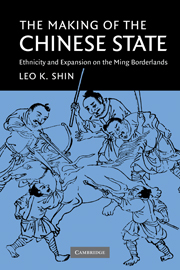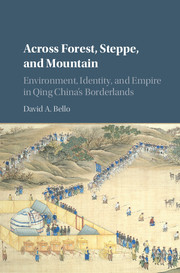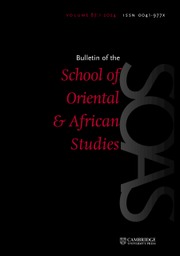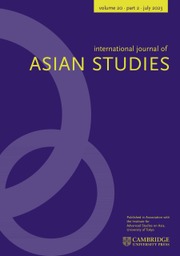The Making of the Chinese State
Leo Shin traces the roots of China's modern ethnic configurations to the Ming dynasty (1368-1644). Challenging the traditional view that China's expansion was primarily an exercise of incorporation and assimilation, Shin argues that as the center extended its reach to the wild and inaccessible south, the political interests of the state, the economic needs of the settlers, and the imaginations of the cultural elites all facilitated the demarcation and categorization of these borderland 'non-Chinese' populations. Similarly, modern-day Chinese rulers also find it critical to officially recognize a total of fifty-six 'nationalities'.
- Offers perspectives on the making of the Chinese state
- Was the first in-depth study of the relationships between the state and its southern borderland during the Ming dynasty
- Sophisticated use of a wide range of seldom-utilised Ming-dynasty sources
Reviews & endorsements
"I highly recommend this book as an elegant and sophisticated, yet highly readable, treatment of frontier interactions during the Ming dynasty. The excellent maps, careful selection of illustrations, and inclusion of Chinese characters in the index and bibliography witness to the attention to detail that the author brings to the entire work."
-Laura Hostetler, University of Illinois
"The writing is eloquent and the ideas manifold...It is a wonderful book to induce further though about polity and society interactions in and beyond China."
-Geoff Wade, The International History Review
"This is a useful book that advances our understanding of the thorny relationship between territorial expansion and ethnic identity in modern China."
-Kenneth M. Swope, Ball State University, The Historian
Product details
January 2012Paperback
9780521189897
270 pages
229 × 152 × 15 mm
0.4kg
Available
Table of Contents
- 1. History of the margins
- 2. Nature of the borderland
- 3. Politics of chieftaincy
- 4. Mapping of settlement
- 5. Culture of demarcation
- 6. Margins in history.









